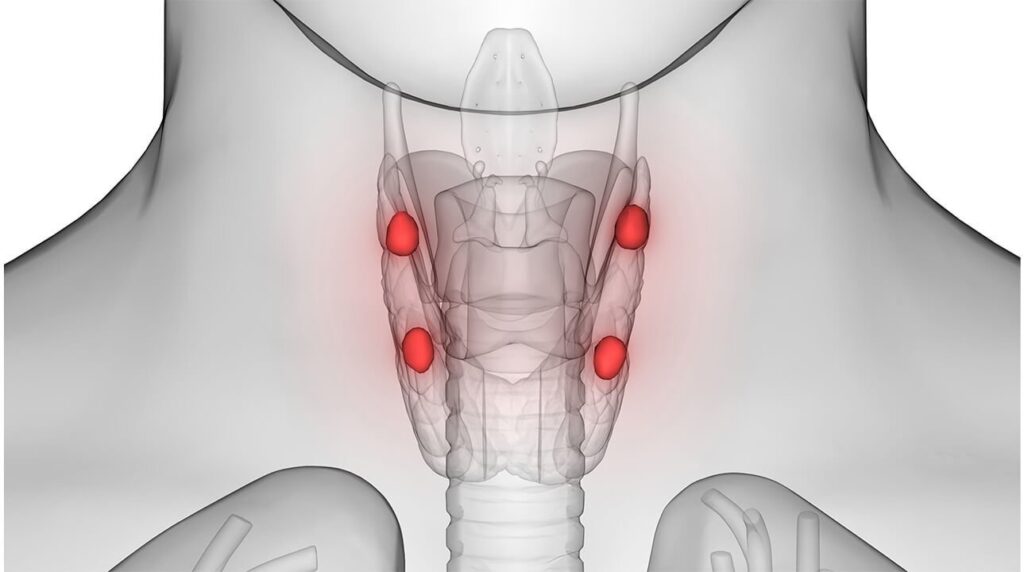Services
Parathyroid

Parathyroid
There are normally 4 parathyroid glands present very closely to the surface thyroid gland. Each gland is normally about the size of a grain of rice (about 3-5 millimeters in diameter and around 30 – 60 milligrams in weight). Although the thyroid and parathyroid glands are physically present close to each other and are both part of our body’s endocrine system, their functions are entirely different. Parathyroid glands secrete a hormone called PTH that controls our blood calcium level. Calcium is important for bone health, muscle and nerve function.
When is Parathyroid Surgery Needed?
If one or more parathyroid glands enlarge to form parathyroid adenoma/hyperplasia and become overactive, our blood calcium level may increase. This condition is called primary hyperparathyroidism. These tumors are mostly noncancerous, but they may cause other problems such as kidney stones, mood changes or depression, and weakened or painful bones. The treatment for primary hyperparathyroidism is surgical removal of the abnormal gland or glands which can provide permanent cure of the disease.
Parathyroid Surgery

Parathyroid operation is done in operation theatre under general as well as local anesthesia. The surgery is done through a small (key hole) incision in neck. An incision is made in the anterior neck near the abnormal gland identified with the help of MIBI (parathyroid) scan and ultrasound. The surgeon removes one or more parathyroid gland, depending on the specific disorder. The parathyroid tissue is sent for confirmation through frozen section histology test. The report comes in 15 minutes. After confirmation the muscle is repaired and the skin incision is closed with sutures that will either absorb or be removed soon after the operation.
Protecting the nerves controlling your voice and the remaining parathyroid glands so they will function normally is an important issue during surgery. Calcium level starts falling after surgery which may require supplementation by oral and intravenous route. This situation is nearly always temporary and normal function is restored in over 98% of people in just a few weeks. Most patients go home within 2 days after the operation.